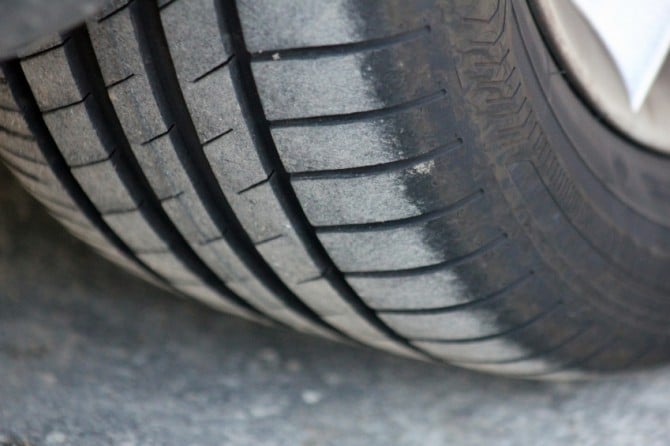
Lobbyists for rubber manufacturers say age shouldn’t be a factor in tire inspections. Federal safety officials and product liability attorneys disagree. Lobbyists for the Rubber Manufacturers of America and officials with the National Transportation Safety Board are locked in an increasingly heated dispute over the safety of aging tires used on vehicles nationwide. And you can bet that personal injury and product liability attorneys are watching and advocating for the safety of America’s automobile owners and their families. Central to the current debate is pending legislation in Massachusetts that the Rubber Manufacturers of America (RMA) has thus far spent upward of $36,000 to defeat.
Proposed by the Massachusetts House of Representatives, An Act to Increase Road Safety (H3016) would require inclusion of tire age as part of regular vehicle inspections, and issuance of a rejection certificate for any vehicle equipped with a light-truck or passenger tire, including a full-service spare, more than six years old. RMA officials oppose any legislation that includes an age limit on tires, arguing that age alone is not a determining factor in a tire’s safety. “It’s more important how a tire is used, whether it’s maintained and how it’s stored,” RMA Executive Director Dan Zielinski told reporters. NTSB officials disagree, as does Sean Kane, founder and president of Safety Research & Strategies and a frequent legal consultant against tire manufacturers. “Over time, they become less elastic,” Kane recently told ABC News. “And once [a tire is] put into service it represents a significant hazard.”
Meanwhile, NTSB has launched an investigation into the relationship between a tire’s age and tread separation, following a February crash involving a ten-year-old Michelin Cross Terrain tire in Louisiana that killed four people. In that incident, the driver of a 2004 Kia Sorrento lost control of the SUV after the left rear tire’s tread sidewall separated. The SUV crossed a median and collided with a school bus carrying a high school baseball team. Four of the SUV occupants were killed, including the driver, and a fifth was seriously injured. Of the 36 students and chaperones on the school bus, 31 were injured as well. Tire age also is a factor in a second NTSB investigation involving a Lake City, Florida crash involving a 2002 Ford church van that rolled over, killing two adults and injuring all other occupants, including seven children and a third adult. In this incident, too, the driver lost control after the tread separated from the left rear tire.
Though the agency’s investigation into the link between tire age and tread separation is ongoing, the outcome likely will prove what safety officials and product liability attorneys already suspect – that tire age is a significant safety risk. “Aging does potentially play a role in the degradation of the internal structure of the tire,” said Don Karol, the NTSB’s lead investigator. To find out how old your vehicle’s tires are, look for a four-digit numerical code stamped on the sideway of each tire. The first two-digits denote the week that the tire was manufactured, and the last two denote the year. For instance, a code that reads 1512 means that the tire was made in the 15th week (early to mid-April) of 2012.
If your tire has only a three-digit code that means that it was made prior to 2000 and most assuredly needs replacing. Product liability and personal injury attorneys with Harrell and Harrell urge you to check your tires’ age and inspect their tread regularly. If you or your loved one are injured in an automobile accident that you believe was caused by an aged, pre-owned or faulty tire, call us at 800-251-1111.
